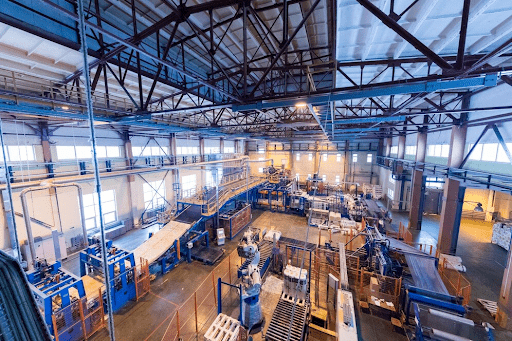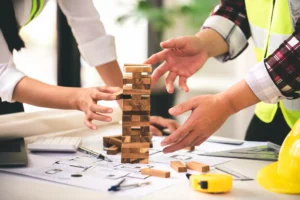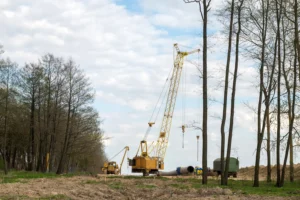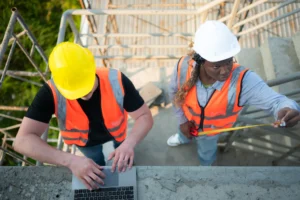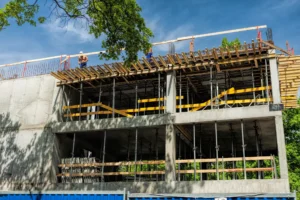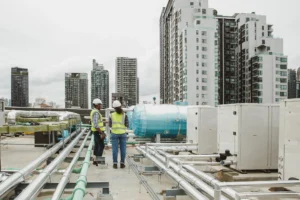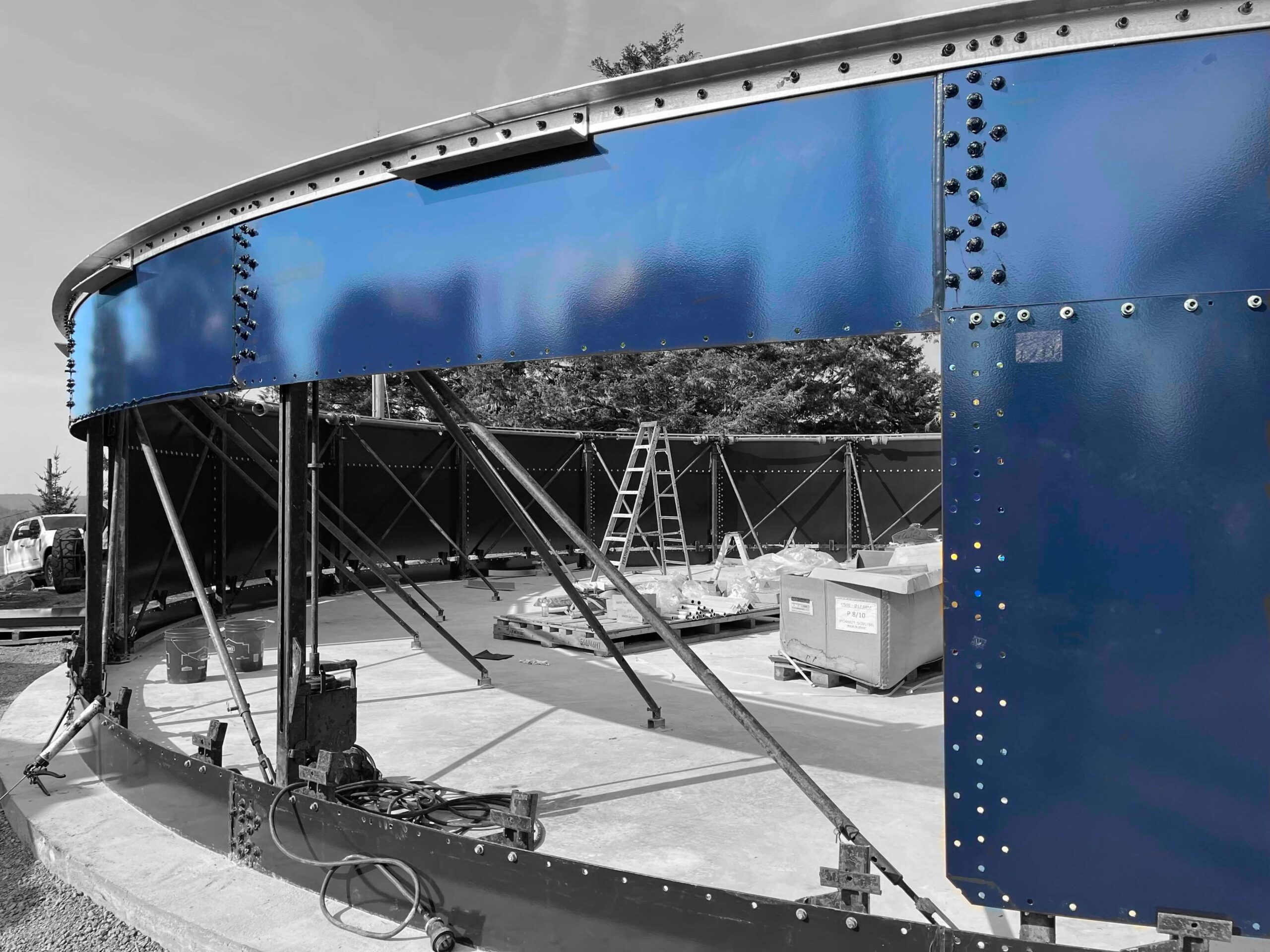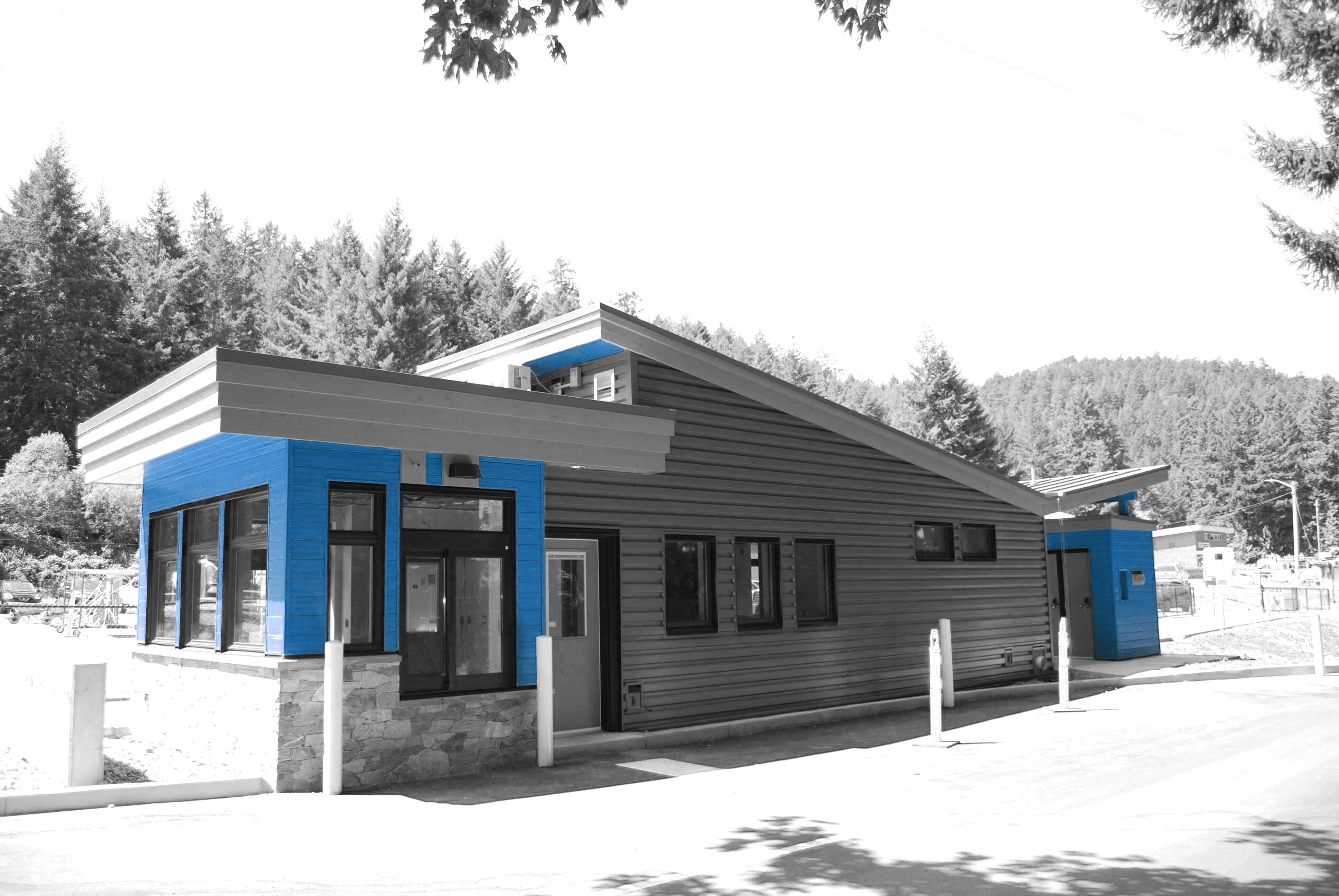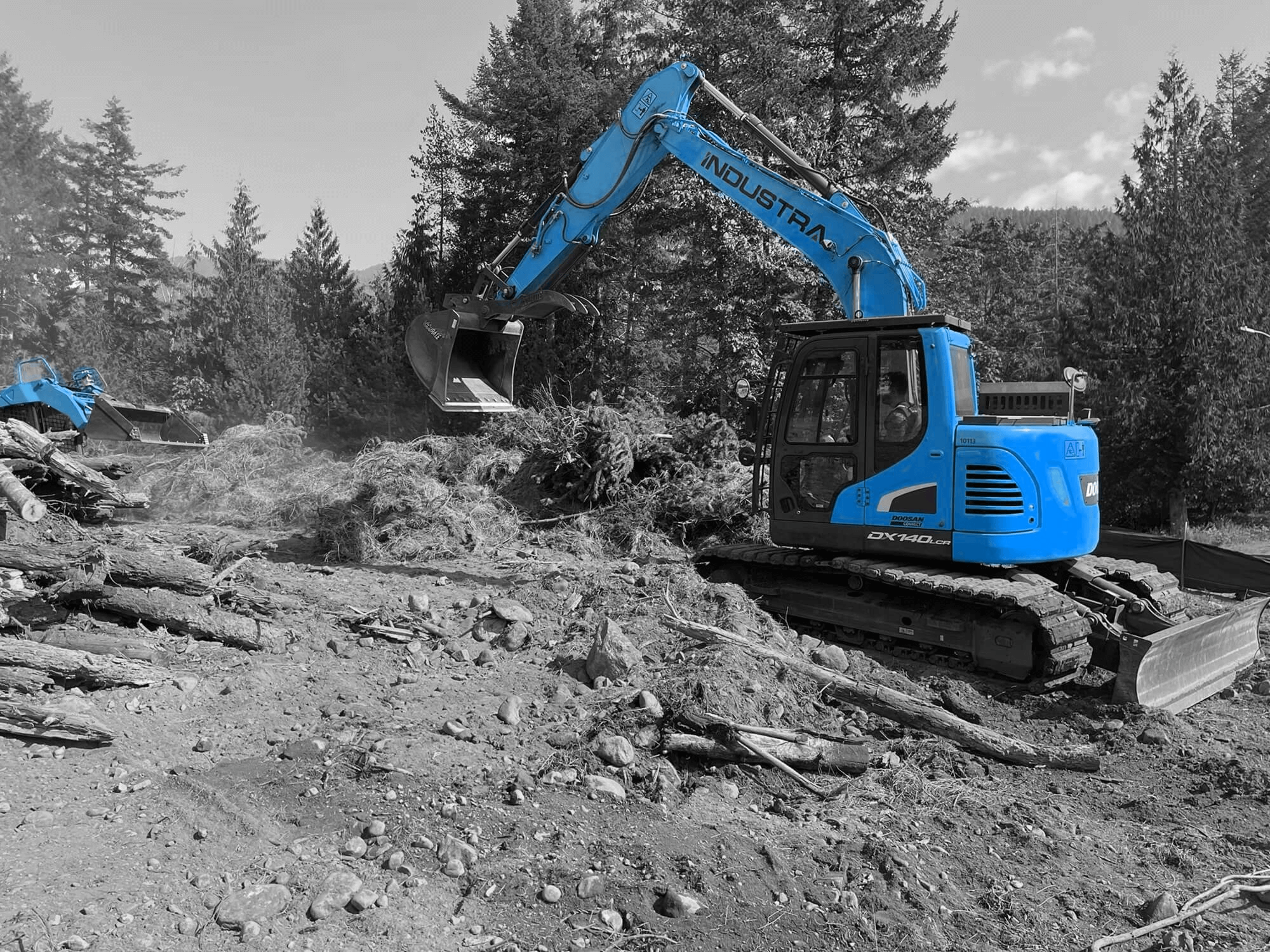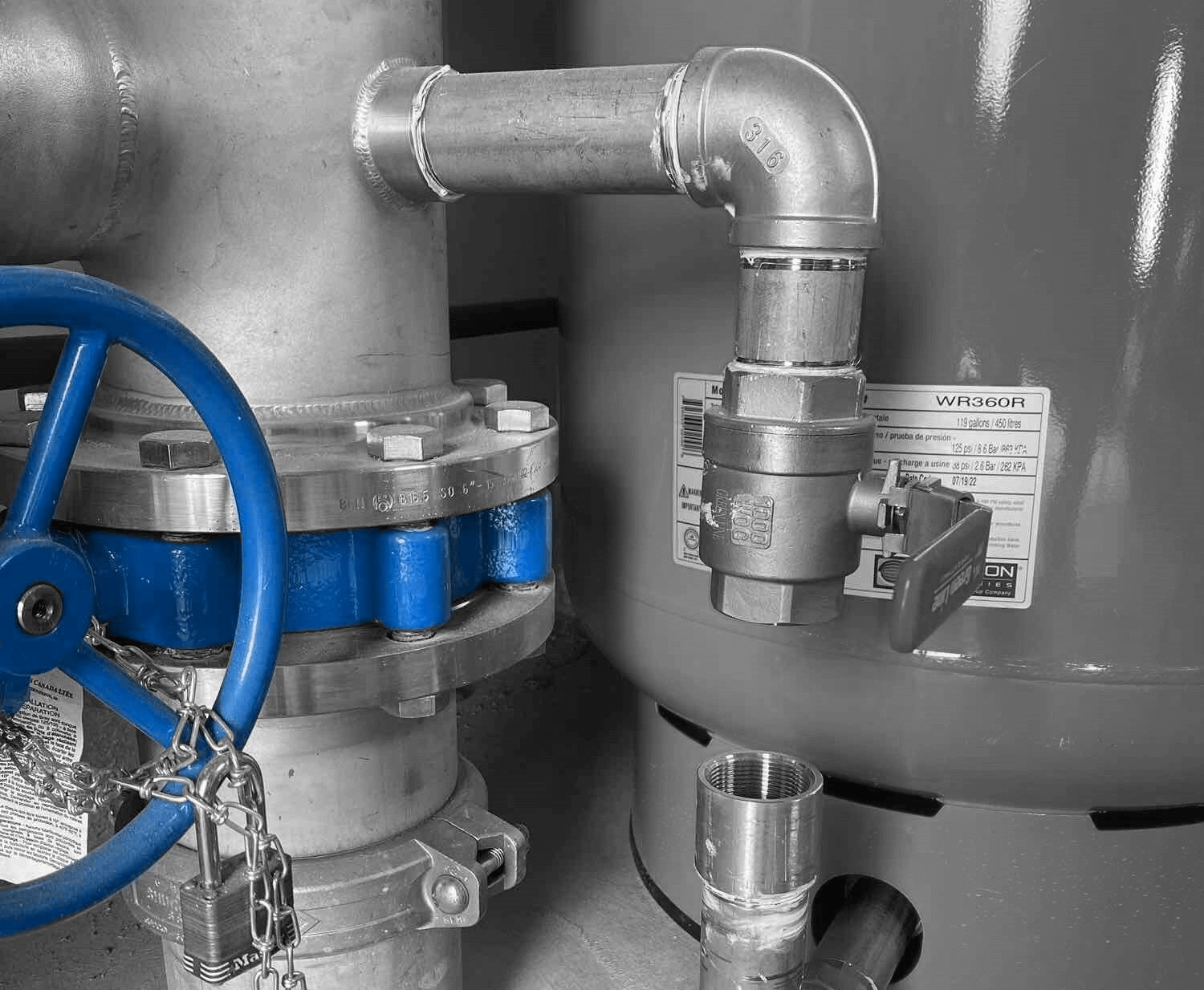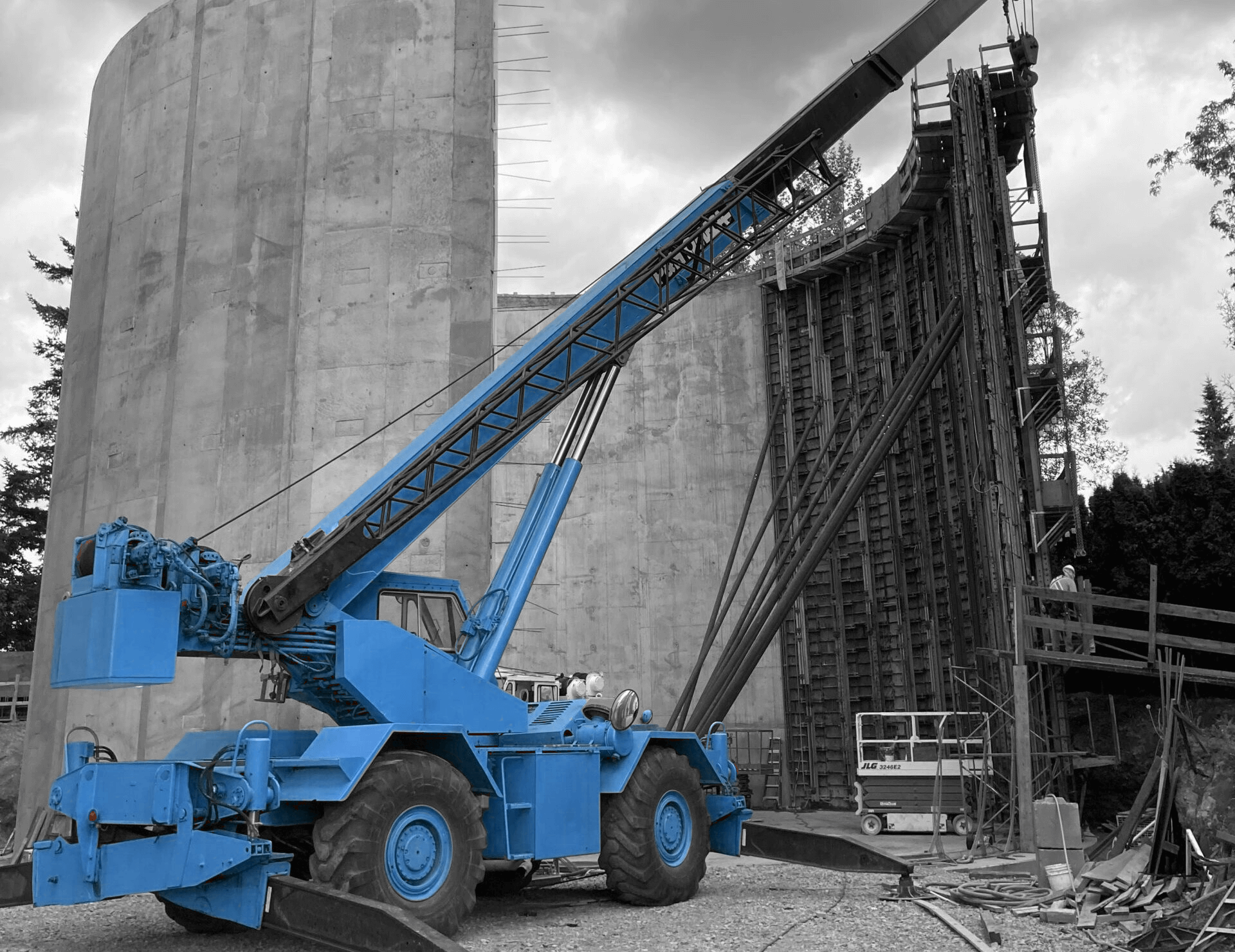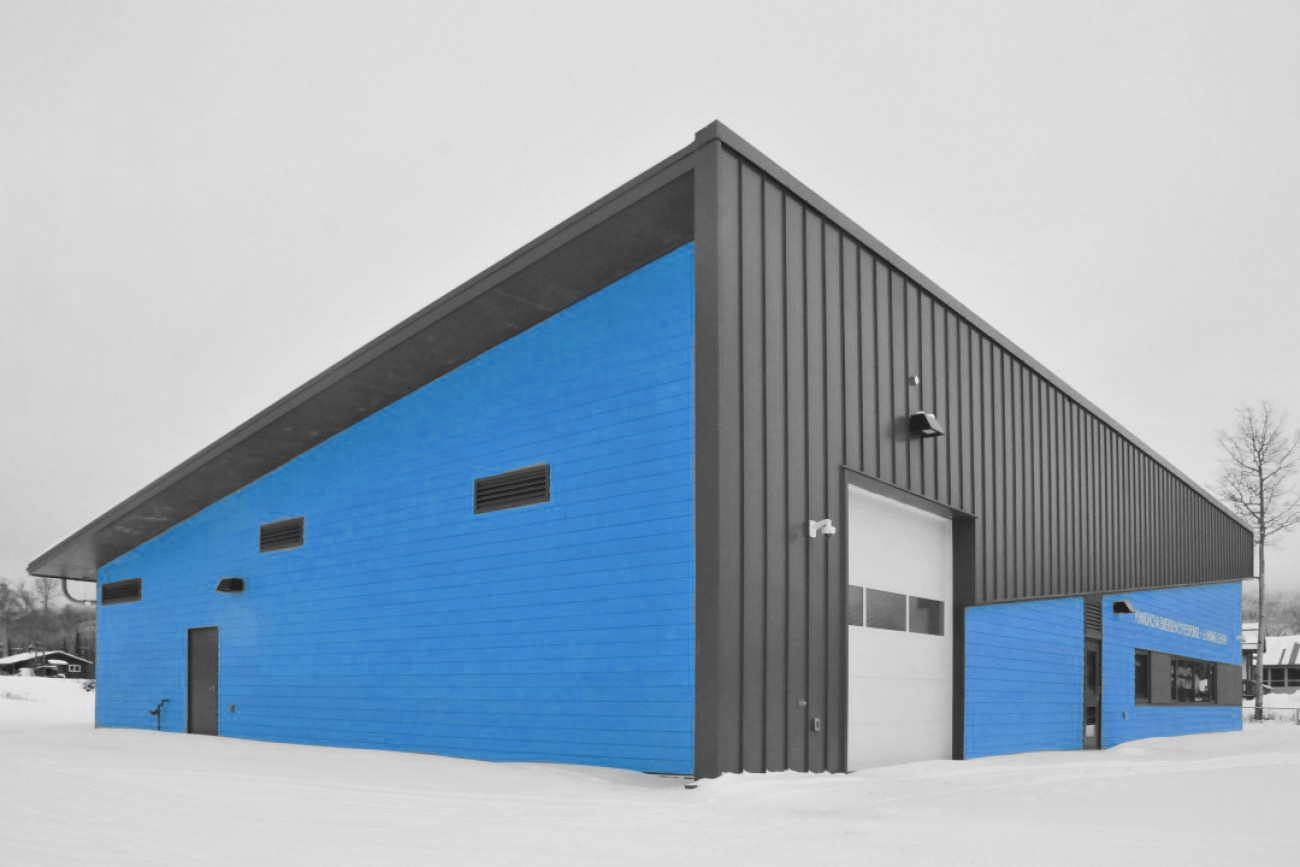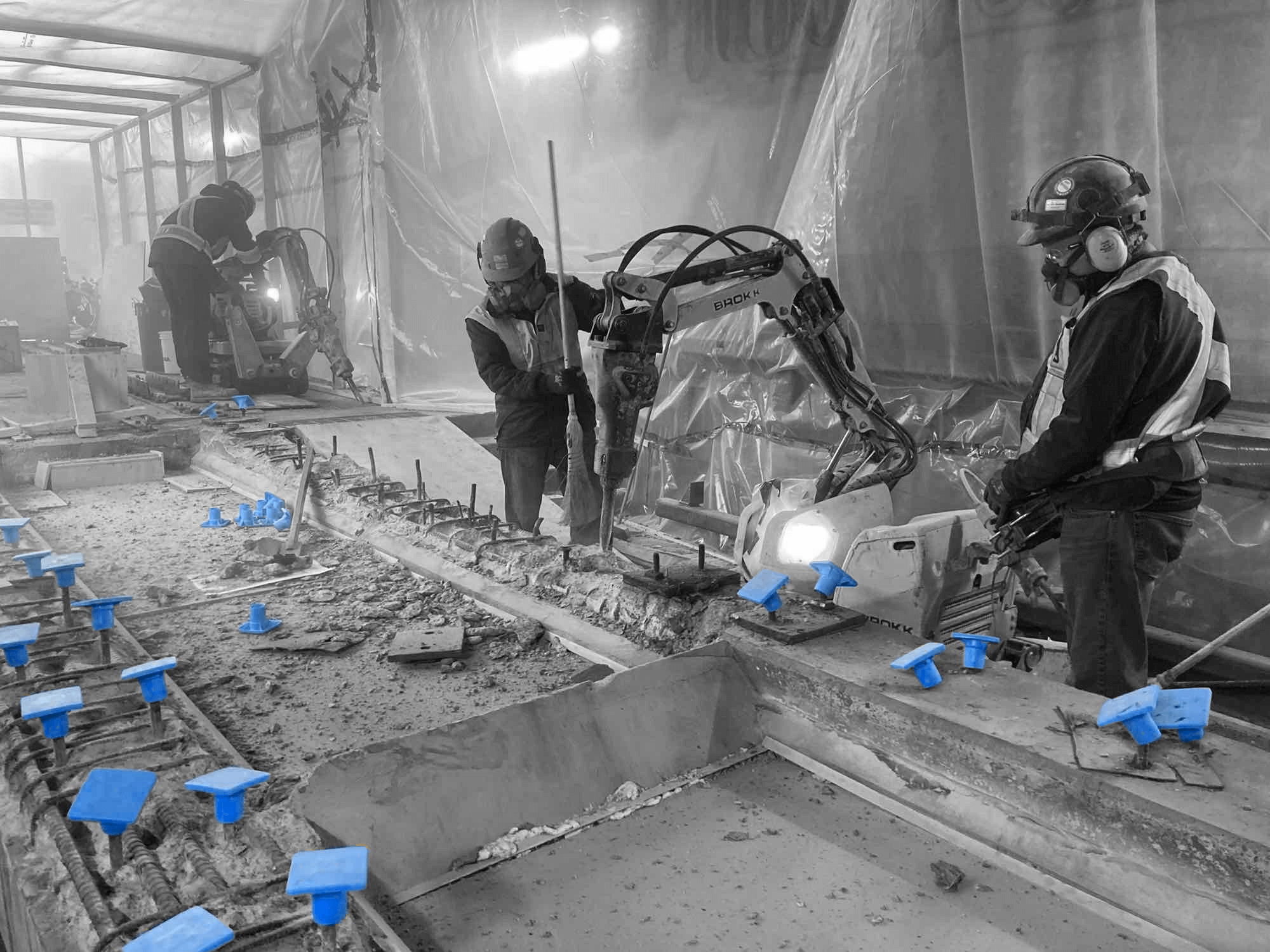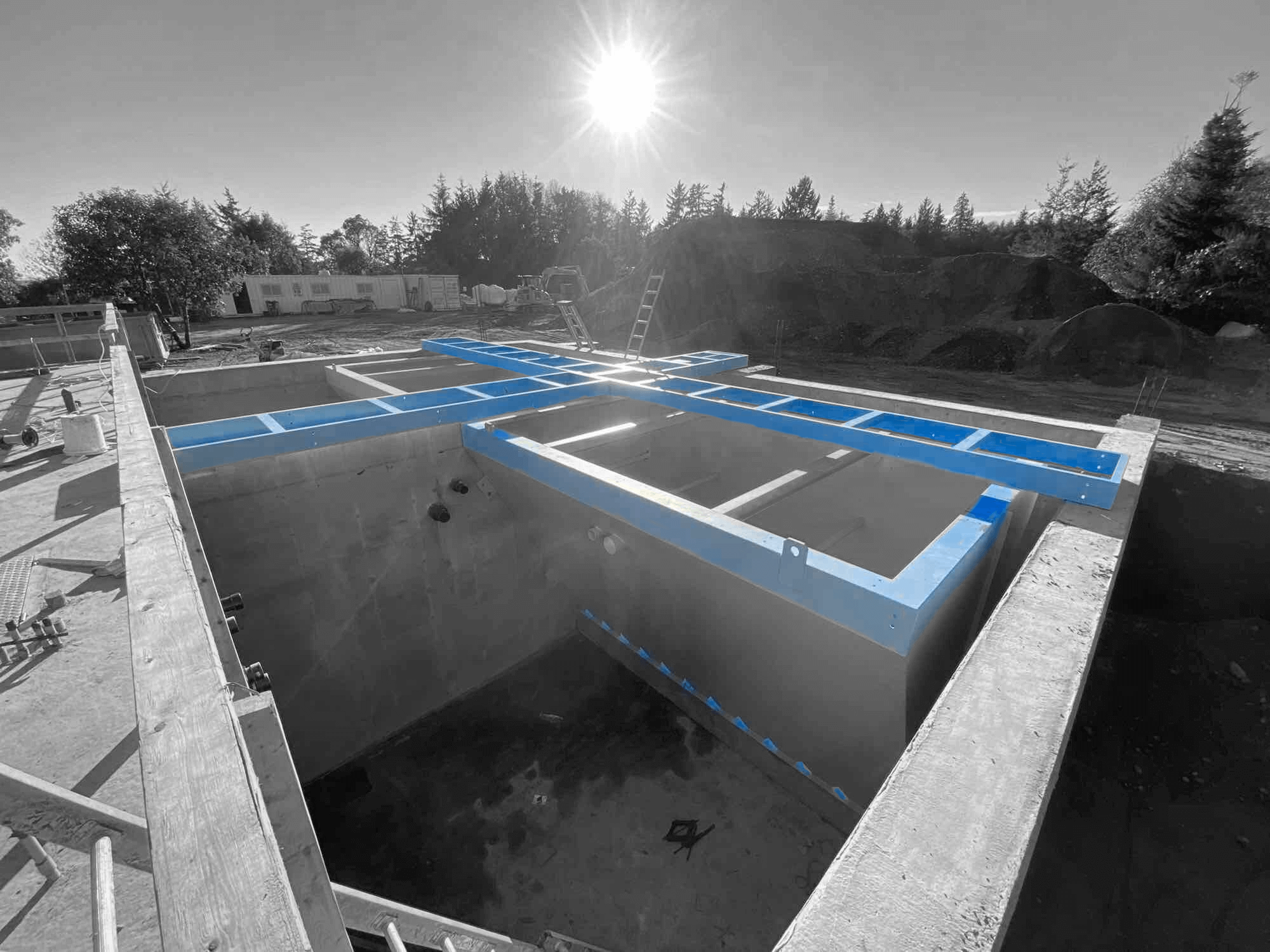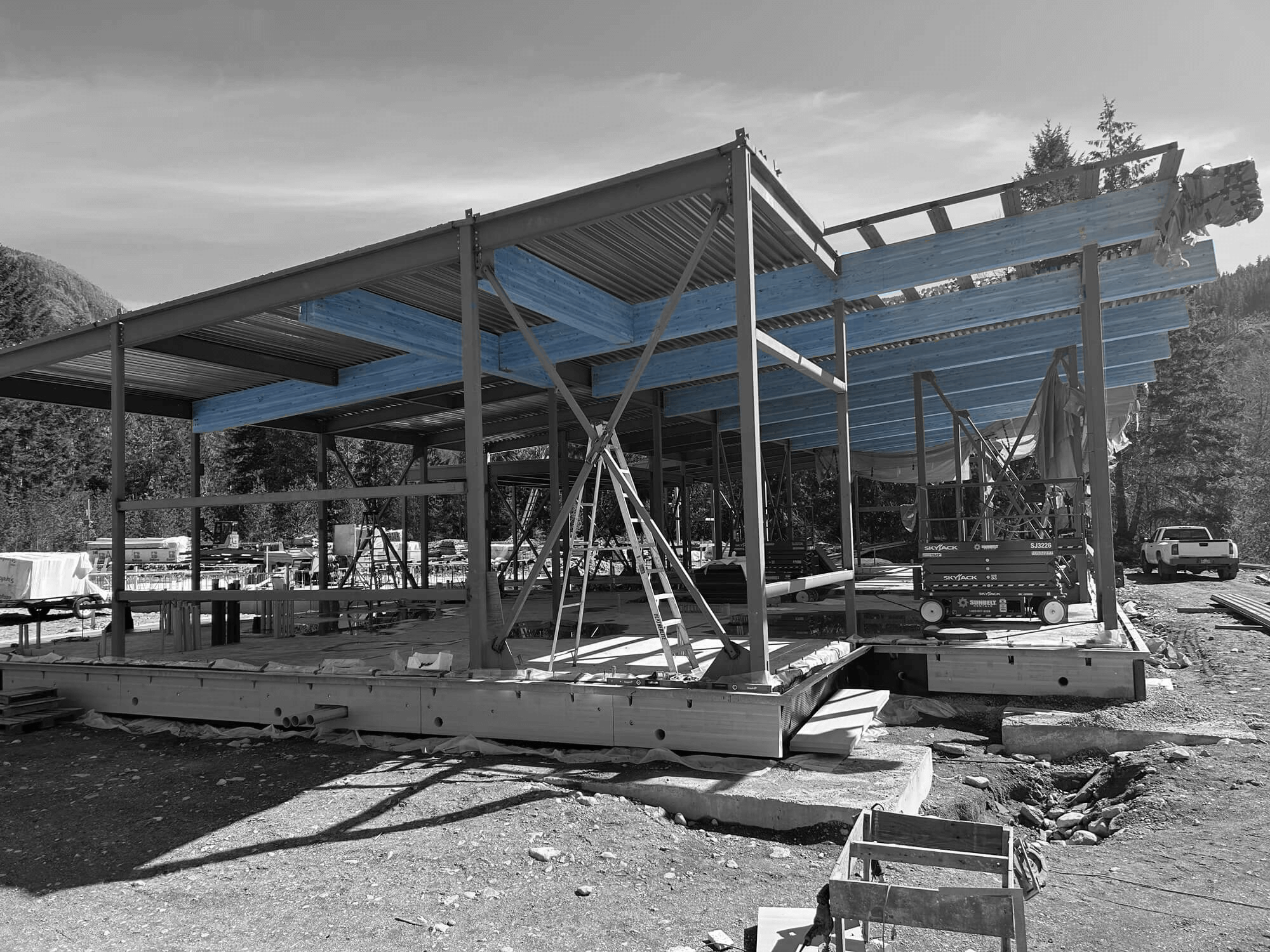Modern factories need to keep moving forward to stay ahead. EPC design-build offers a great way to achieve this by combining engineering, procurement, and construction into one seamless process. This integrated approach ensures that all aspects of a project are aligned from the start, reducing the chance of costly delays or miscommunications.
Using EPC design-build means having one team handle everything. From planning and design to construction and final touches, this method streamlines operations. It helps factories cut through red tape, ensuring projects are completed faster and more efficiently.
Furthermore, by embracing EPC design-build, factories can also focus on sustainability. This approach allows for innovative solutions that minimize waste and use resources wisely. For those wanting to modernize their facilities while keeping an eye on the environment, EPC design-build is the key strategy that ticks all the boxes.
Understanding EPC Design-Build
EPC design-build is an efficient approach combining engineering, procurement, and construction in one unified process. This all-in-one method streamlines planning and execution, making it a preferred choice for modern factories. By integrating these phases, EPC design-build minimizes miscommunication and ensures that everyone involved shares the same vision right from the start.
In EPC design-build, a single team manages the entire project lifecycle. This means there’s a clear line of accountability, reducing disputes and enhancing decision-making. With the design and construction teams working in tandem, potential issues are identified and addressed early. This collaboration ensures that the plans meet design standards and construction realities without frequent changes.
Key elements of EPC design-build include:
– Integrated Teams:Engineers, architects, and builders collaborate from day one, leading to more coherent project plans.
– Faster Turnaround:Projects move quickly from concept to completion, minimizing downtime.
– Consistency:One team ensures uniform standards, from quality checks to safety protocols.
These elements make EPC design-build a robust framework for constructing efficient, tailor-made factories. The process encourages innovative solutions, allowing for creative and practical designs that align with the latest industry trends and requirements.
Streamlining Construction Processes
Streamlining construction processes is key for efficiency, and EPC design-build excels in this area. By consolidating processes, factories benefit from smoother operations and fewer roadblocks. This approach reduces delays typically caused by having multiple contractors and ensures projects stay on track.
The streamlined system of EPC design-build relies on synchronized workflows. With everyone under one leadership, decisions are quick, and everyone is updated promptly. This efficient communication loop prevents costly errors and reworks, as everyone involved shares updates and aligns on progress regularly.
Consider these benefits of streamlining:
– Reduced Delays:With fewer layers to negotiate, approvals and changes happen faster.
– Coordinated Procurement:Materials and equipment are sourced and delivered efficiently, minimizing interruptions.
– Enhanced Flexibility:Quick adjustments are possible if project scope changes or unexpected issues arise.
These streamlining benefits not only accelerate the construction process but also optimize resource usage. By effectively coordinating each phase, factories save on time, costs, and resources, allowing them to function more efficiently and meet demands swiftly.
Cost and Time Advantages
EPC design-build provides significant cost and time advantages for modern factories. A unified process reduces overlapping tasks and boosts efficiency, resulting in lower overall expenses. By reducing the number of separate contracts and phases, EPC design-build cuts down on administrative costs and time needed to coordinate multiple teams and contractors.
This seamless integration leads to faster project delivery. With a single team handling everything from design to construction, projects move swiftly, meeting tight deadlines without compromising quality. Quick resolution of issues helps prevent cost overruns and keeps the project within budget.
The cost benefits include:
– Predictable Budgets:Early estimation and integrated planning reduce surprise costs.
– Minimized Risk:With one team responsible, risks of miscommunication and delays decrease substantially.
– Lower Maintenance Costs:High standards and quality checks during construction lead to sturdy structures that require less upkeep.
These advantages mean that factories can operate more efficiently and invest the savings back into their core business. EPC design-build not only offers short-term gains but also supports long-term financial health.
Enhancing Sustainability in Factory Design
Sustainability in factory design is a growing priority, and EPC design-build plays a crucial role in achieving eco-friendly goals. The process allows for integrating sustainable practices right from the beginning, ensuring that factories are environmentally responsible.
During the design phase, architects and engineers work together to incorporate green elements. This includes using sustainable materials, optimizing energy efficiency, and considering water conservation strategies. EPC design-build enables the entire project to focus on reducing carbon footprints and enhancing environmental performance.
Key sustainability practices include:
– Energy Efficiency:Implementing smart systems for heating, cooling, and lighting to save energy.
– Resource Management:Using materials that minimize waste and are recyclable.
– Water Conservation:Installing systems that reduce water usage, like efficient plumbing and rainwater harvesting.
These efforts not only help the environment but also decrease operational costs, benefiting the factory’s bottom line. EPC design-build fosters innovation, making sustainable factories practical and achievable.
Conclusion
EPC design-build stands out as a robust approach for constructing modern factories. By merging engineering, procurement, and construction into a single, streamlined process, it ensures efficiency, reduces costs, and speeds up delivery. This method aligns perfectly with the demands of contemporary industries that seek to remain agile and sustainable in their operations.
From the significant cost savings to the enhanced sustainability features, EPC design-build addresses multiple challenges faced by today’s manufacturers. It stands as a testament to how advanced construction techniques can drive innovation and push industries forward. With the added benefit of fostering sustainability, this approach leads to facilities designed for longevity and minimal environmental impact.
If you’re considering EPC design-build for your industrial project, Industra Construction Corp. can guide you through the process with expertise and dedication. Our team delivers high-quality solutions tailored to your factory’s specific needs. Let’s collaborate to build an efficient, sustainable future for your business. Connect with our EPC contractors today to get started.


